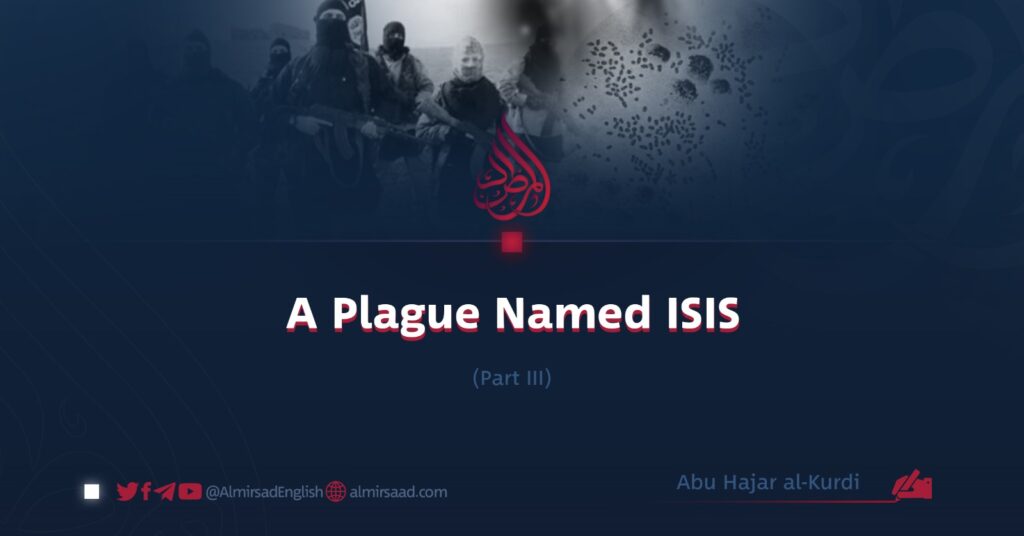Part III
Abu Hajar al-Kurdi
At the time of ISIS’s betrayals, Bashar al-Assad’s regime and the Kurds were in favor, and the loss was mostly experienced by the Mujahideen. This occurred when the Mujahideen retreated from the areas under their influence during the conflict with ISIS. The Crusader Alliance then lent support to the forces of Bashar al-Assad and the Kurds, using the presence of ISIS in those areas as a pretext. Subsequently, they launched ground and aerial attacks on those areas.
Indeed, ISIS played a role in those regions as a force allied with false nations against the Mujahideen. They demonstrated a staunch and determined opposition to the Mujahideen, while showing no resistance to Bashar al-Assad’s forces and the Kurdish fighters.
Their hostility was consistently directed towards fellow Muslims, while non-believers benefited from their actions.
Upon close examination of ISIS’s overall strategy, it becomes evident that the individuals they targeted for execution were primarily Mujahideen. As an eyewitness to the conflict against this misguided group, I have witnessed on numerous occasions that ISIS supporters were driven by a desire to eradicate Sunni youth and Mujahideen.
They adhered to their self-proclaimed leader unquestioningly, labeling anyone who questioned their beliefs as an apostate, thereby excluding them from the Muslim community.
It has been observed on numerous occasions that the Mujahideen were able to communicate with other members of ISIS through the mobile phones of deceased individuals. Upon the revelation of the Mujahideen’s identity , ISIS promptly accuses them of apostasy without any factual basis.
